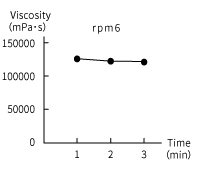Traditional Japanese Fermented Food
Miso is a traditional Japanese food that has been a staple of the Japanese diet for over 1,300 years. As of late, miso being fermented food, has gained attention from all over the world for its health benefits. Miso is an essential ingredient for many Japanese dishes. It is most commonly used in miso soup, which is known to Japanese people as a comfort food and considered to be Ofukuro no aji which means "Mom's Taste". The flavor of miso is comprised of a complex mixture of sweetness, saltiness, umami, acidity, and bitterness of which all components must be in harmony.
Unlike soy sauce, miso does not have any Japanese Agricultural Standards (JAS). There are so many varieties that it would be difficult to classify them all. Miso contains live, active cultures and cannot be classified as it is constantly changing. Also, there are many miso products which do not undergo heat sterilization, and for this reason, setting or maintaining physicochemical analytical values is impossible.
Miso manufacturers check the moisture content, temperature, and conduct chemical testing and microorganism testing. Lastly sensory inspections are conducted daily to ensure the taste of the miso and safety of the consumer.
Viscosity of Miso
VISCO™ measurement examples
Spindle : A3L
Sample temperature : 29℃
Types of miso
Miso is classified largely by its raw ingredients; kome (rice), mugi (barley), mame (bean) and 'chougou' or mixed miso. Each type of miso has different ratios of soybean, rice, barley, and salt.
 ys
ys






































